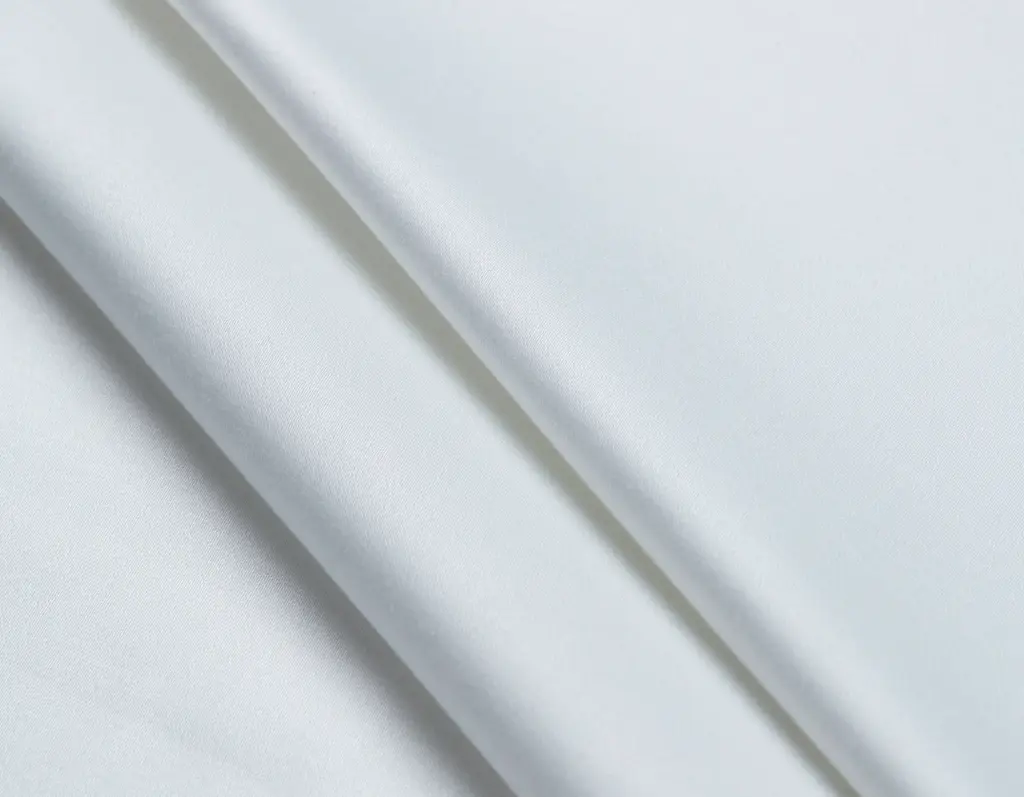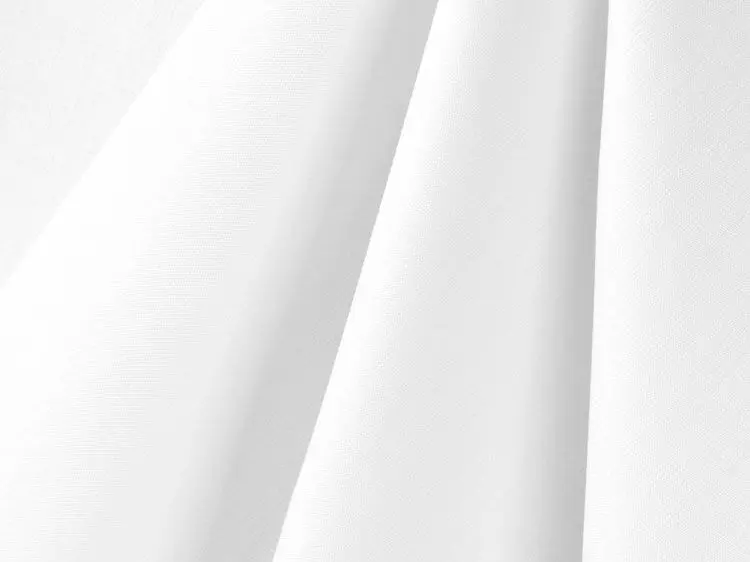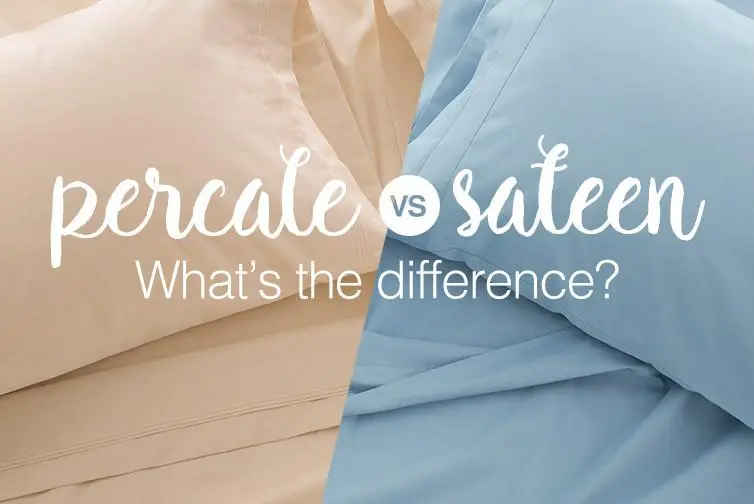When selecting premium bedding for hotels, retailers, or private-label collections, the choice of weave plays a decisive role in defining both the tactile experience and long-term durability. Among the most popular options in the cotton category are sateen and percale duvet covers — two weaves that deliver distinct aesthetics, textures, and performance profiles. Understanding their differences helps procurement teams and brand owners make informed sourcing decisions aligned with customer expectations.
Understanding the Weaves
Cotton Sateen
Sateen is woven using a four-over, one-under pattern. This technique exposes more surface threads, creating a silky, lustrous finish that resembles satin. The result is a fabric that feels smooth and slightly heavier, offering a sense of luxury ideal for premium bedroom environments.

Cotton Percale
Percale, on the other hand, uses a one-over, one-under weave. This produces a matte finish with a crisp, cool hand feel. It’s lightweight, breathable, and often compared to the texture of a freshly pressed shirt — favored by those who prefer a classic and refreshing sleep experience.

Key Differences Between Sateen and Percale Duvet Covers
| Feature | Cotton Sateen | Cotton Percale |
|---|---|---|
| Texture | Smooth, silky, and slightly lustrous | Crisp, cool, and matte |
| Weight | Heavier and drapier | Lighter and airier |
| Breathability | Moderate; retains warmth | Excellent; promotes airflow |
| Finish | Subtle sheen | Matte, clean appearance |
| Durability | Softens over time; less resistant to pilling | Highly durable and resistant to wear |
| Ideal For | Cooler seasons or luxury hotel bedding | Warmer climates or minimalist bedding programs |
Choosing the Right Option for Your Market
From a business perspective, the decision should align with target user preferences and intended market positioning:
- Hospitality Industry: Five-star hotels often prefer sateen duvet covers for their luxurious appearance and smooth hand-feel, enhancing perceived comfort and brand image.
- Commercial and Institutional Use: Percale duvet covers are favored for their breathability, easy maintenance, and exceptional durability — ideal for frequent laundering cycles.
- Retail and E-commerce Brands: Offering both options allows for differentiated positioning — sateen for “luxury softness,” and percale for “everyday comfort.”
Maintenance and Longevity
Both sateen and percale cotton duvet covers benefit from proper care routines. Sateen fabrics should be washed on gentle cycles to maintain their sheen, while percale withstands higher washing temperatures, making it suitable for bulk hospitality operations. Using mild detergents and avoiding over-drying helps preserve fiber integrity and reduce shrinkage.
Final Thoughts
The choice between cotton sateen and percale duvet covers isn’t merely aesthetic — it’s strategic. Each fabric serves a unique purpose within the broader bedding portfolio.
- Choose sateen for elegance, warmth, and a premium hand-feel.
- Choose percale for breathability, structure, and long-lasting performance.
For bedding manufacturers and sourcing specialists, offering both ensures alignment with diverse global market demands while reinforcing the brand’s commitment to quality craftsmanship.


Leave a Reply